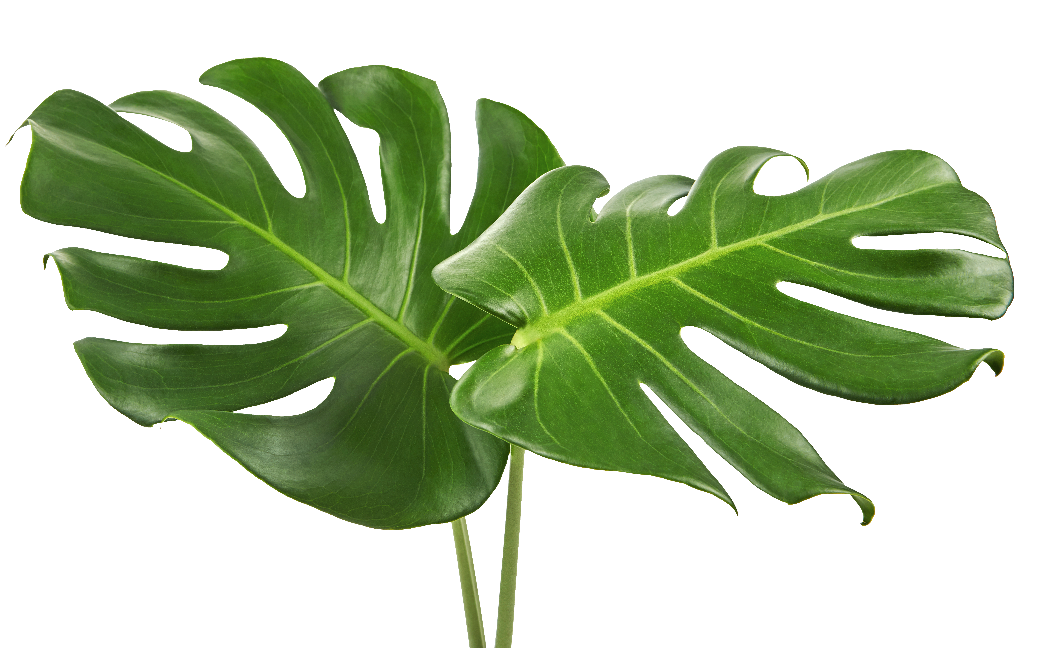
Learning an important lesson from banks’ accessibility fails
By Ben Walker on 15 May 2018
In case you missed it, several banks had a bit of an accessibility faux pas recently. Following website redesigns, HSBC, Halifax and Metro Bank all inadvertently created new obstacles to prevent their blind or visually impaired customers from fully accessing their banking online. This accessibility oversight left the banks a little more than simply red-faced, with some customers branding the new website design as ‘appalling’. It’s certainly less than ideal. In today’s digital world, accessibility is an essential element of good web design.
What is accessibility?
Accessible web design is all about removing potential barriers to allow equal access to a website for all your customers, including those with a disability. Can all your potential customers perceive, understand, navigate and interact with your website? Accessibility is all about making the functions and information available to everyone.
Many visually impaired people use screen readers to navigate their way around what’s on their screen. A screen reader will scan the text and navigation on a page and read it aloud for the website visitor to follow.
According to this BBC article, HSBC’s web update turned what was previously a fairly straight-forward process for their visually impaired customers into a confusing feat. This was due to new website banners, complicated headings and advertisements for foreign currency. While the website redesign looked flashy, it made it almost impossible for screen readers to make sense of what was on the page. In fact, the changes to the website weren’t even announced in a way screen readers could pick up.
How can I make sure my website is accessible?
There are a number of ways you can improve the accessibility of your website. For example:
- Make images large, or give website visitors the option to enlarge them. Add alt text (a piece of text hidden in the back-end of your website) to images, so screen readers can accurately describe what they are.
- Use meaningful text in your links and make them obvious by underlining them and giving them large buttons to click.
- Include captions in videos and warn site visitors about any flashing lights.
- Always write in a simple, easy to understand way. Use language that’s accessible to most reading levels – remember, the average reading ability level in the UK is that of a nine-year-old.
Accessibility goes beyond simply providing good customer service though, with the Equality Act 2010 making it illegal for anyone providing a service – public, private or voluntary – to discriminate against people with a disability.

If all this seems a little overwhelming – fear not. We’ve got plenty of experience in creating beautiful, accessible websites for all kinds of organisations and brands. So, if you’re looking for a new website, talk to us today about our web design services.
Thank you
Success! We've received your message and will get back to you as soon as possible. We look forward to chatting to you.
“We have enjoyed a positive experience partnering with Firefly to build our website. They were quickly able to discern the style and functionality that would fit for us and our international target audience.
In addition to providing a design we loved they also balanced the competing demands of SEO optimisation with an aesthetically pleasing site. Much appreciated!”
Peter Henry
Managing Director
H.W. Anderson





